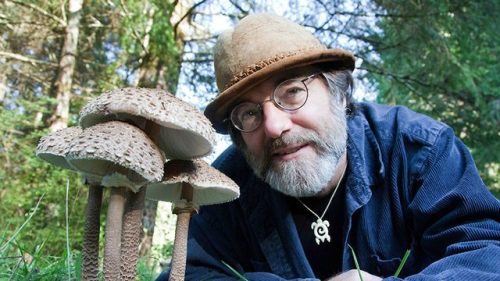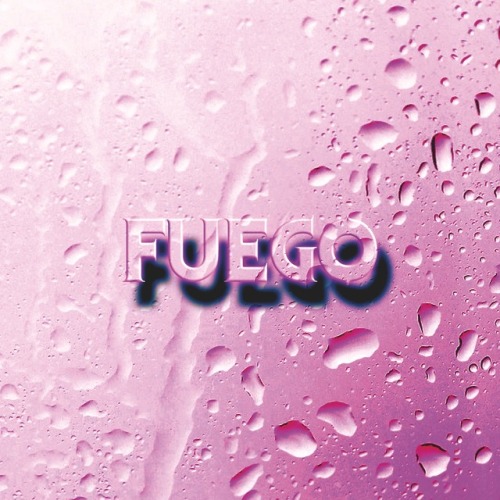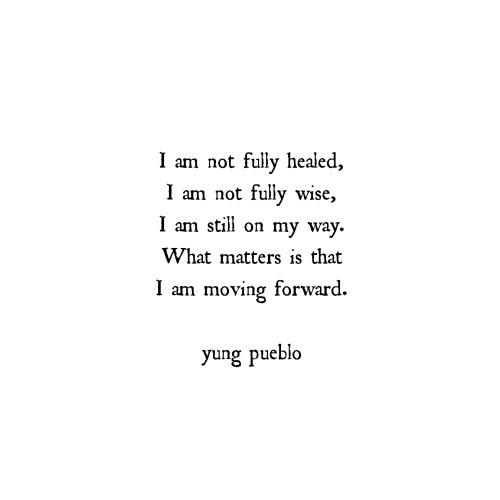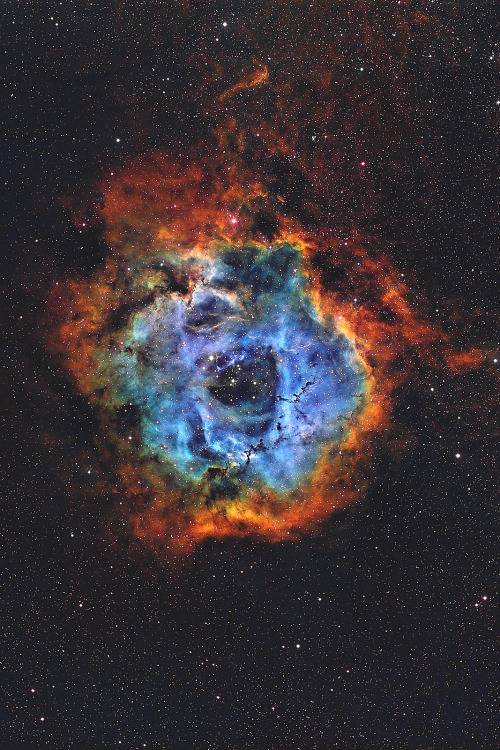#universe
Space is a Dusty Place!

When you look at pictures of space, do you know what you’re actually seeing? A lot of the time the answer is dust!

HII region seen by Chandra X-ray Observatory
Clouds of dust drift through our galaxy. Telescopes can take pictures of these clouds when stars light them up. Who knew dust could be so beautiful? But it’s more than just pretty – we can learn a lot from it, too!

Stars like our Sun are born in dust clouds. Over time, leftover dust clumps together to help form planets. That makes it a little less dusty.

At certain times of the year, a band of sun-reflecting dust from the inner Solar System appears prominently just after sunset – or just before sunrise – and is called zodiacal light.
Credit: Ruslan Merzlyakov/astrorms
But later, objects like cometsandasteroids can create new dust by breaking up into tiny rocks. In our solar system, these rocky grains are called zodiacal dust. That’s because it’s mostly visible near the constellations of the zodiac. We can see the hazy glow it creates just after sunset or shortly before dawn sometimes, like in the picture above.

Around other stars, it’s called exozodiacal dust. Try saying that five times fast! It makes it hazy there too, so it can be hard to see distant planets.

OurNancy Grace Roman Space Telescope will be really good at seeing how much of this dust is swirling around nearby stars. That will help future telescopes know the best places to look to find planets like Earth!
Roman will also see more distant objects. It will peer inside dust clouds where new stars are bursting into life. That will help our James Webb Space Telescope know where to look to find baby planets. Webb can zoom in for a more detailed look at these young worlds by seeing how they filter their host star’s light.

Roman will see huge patches of the sky – much bigger than our HubbleandWebb telescopes can see. These missions will team up to explore all kinds of cosmic mysteries!
Learn more about the exciting science Roman will investigate on TwitterandFacebook.
Make sure to follow us on Tumblr for your regular dose of space!

Happy New Year From NASA!
The year 2021 was one for the books, so what will 2022 bring? No matter what, remember:
You are made of star stuff. Sparkly, glorious star stuff.
What’s this image? Click here.
Credit: ESA/Hubble and NASA, A. Sarajedini
Make sure to follow us on Tumblr for your regular dose of space!

Ever wanted to look back in time? This week, we’re launching a kind of time machine – a telescope so powerful it will help us see back some of the first stars and galaxies made after the Big Bang.
TheJames Webb Space Telescope is the largest and most advanced telescope we’ve ever put in space. With revolutionary technology, it will study 13.5 billion years of cosmic history and help humanity understand our place in the stars.
Tomorrow, Dec. 25, at 7:20 a.m. ET (12:20 UTC), the Webb Telescope is set to launch from French Guiana, beginning a 29-day journey to a spot a million miles away.
How to Watch:
In English:
In Spanish:
Once Webb launches, the journey has only just begun. The telescope will begin a 2-week-long process of unfolding itself in space before settling in to explore the universe in ways we’ve never seen before.
Follow along on Twitter,FacebookandInstagram and with #UnfoldTheUniverse.
That’s a wrap! Thank you for all the wonderful questions. James Webb Space Telescope Planetary Scientist Dr. Naomi Rowe-Gurney answered questions about the science goals, capabilities, and her hopes for the world’s most powerful telescope.
Check out her full Answer Time for more: Career|Science Goals|Capabilities
We hope you enjoyed today and learned something new about the Webb mission! Don’t miss the historic launch of this first-of-its kind space observatory. Tune in to NASA TV HERE on Dec. 22 starting at 7:20 a.m. EST (12:20 UTC).
If today’s Answer Time got you excited, explore all the ways you can engage with the mission before launch! Join our #UnfoldTheUniverse art challenge, our virtual social event with international space agencies, and countdown to liftoff with us. Check out all the ways to participate HERE.
Make sure to follow us on Tumblrfor your regular dose of space!
Questions coming up from….
@teamadamsperret: Congrats on your PhD!! When people ask what you do, what’s your reply?
@Anonymous: How does it feel, working in NASA?
@moonlighy: How did you find your love for this job?
@redbullanddepression: what the prettiest star in the sky in your opinion? also, you are a great role model as a queer woman who is attending university next year to major in aerospace engineering!!!
The Real Life Paul Stamets ‘Star Trek Discovery’
In Star Trek Discovery scientist Lt. Paul Stamets is an “astromycologist” specializing in mushrooms and “spore-drive” technology. The fictional Star Trek scientist is actually based on a real life American scientist with the same name.
Paul Stamets is a Mycologist with a passion for fungi and mushrooms believing that mushrooms can one day save the world. His work focuses on finding extraordinary uses for mushrooms creating applications that seem right out of Gene Roddenberry’s Star Trek universe. Stamets has shown how fungi can be utilized to clean polluted soil, replacing toxic insecticides and also treating viruses. Paul has invented paradigm-shifting uses for fungal extracts including some that have the ability to boost immunity and fight viruses. These extracts were discovered from a rare, gnarled mushroom found in old growth forests in the Pacific Northwest which protects from small pox.
Post link


Crescent Moon and Mercuryl Sebastian Voltmer
Sometimes, I see the universe inside myself…

Known as N11, this region is visible on the upper right of many images of its home galaxy, the Milky Way neighbor known as the Large Magellanic Cloud (LMC). The featured image was taken for scientific purposes by the Hubble Space Telescope and reprocessed for artistry. Although the section imaged above is known as NGC 1763, the entire N11 emission nebula is second largest in LMC, only behind the Tarantula Nebula. Dark dust is home to emerging young stars, which are also visible around the image.
Image Credit: NASA, ESA; Processing: Josh Lake

The featured wide-angle mosaic was taken over the steppe golden fields in Portugal in 2020. From such a dark location, an immediately-evident breathtaking glow arched over the night sky: the central band of our Milky Way galaxy. But this sky had much more. Thin clouds crossed the sky like golden ribbons. The planet Mars appeared on the far left, while the planets Saturn and Jupiter were also simultaneously visible – but on the opposite side of the sky, here seen on the far right. Near the top of the image the bright star Vega can be found, while the distant and faint Andromeda Galaxy can be seen toward the left, just below Milky Way’s arch.
Image Credit & Copyright: Miguel Claro (TWAN, Dark Sky Alqueva)













